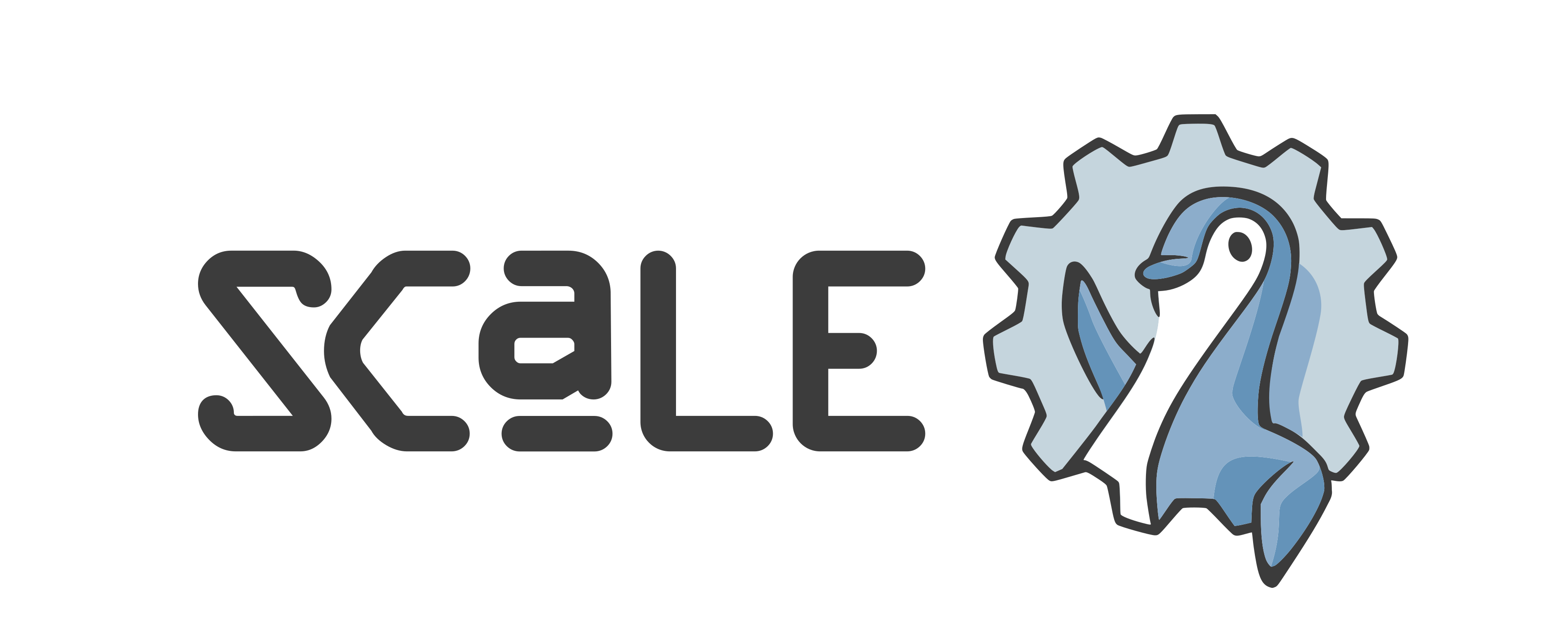Presentations

Knox Makers in Knoxville, TN is the area's premier hackerspace. In existence for almost 12 years, it boasts over 325 members and its base operations are fully supported by membership dues. It also has a commitment to open hardware and software, running all of its tools, behind the scenes operations, and teaching classes exclusively with FOSS. In this talk, Tracy will talk about why Knox Makers has chosen open source, some of the technologies they use, and what the challenges are to this commitment.

A peek behind the curtains at what it takes to make the SCaLE network possible. We'll cover the techniques and show off the tools we use to manage our switch configurations and even produce portmaps that can be stuck to the tops of the switches directly from a centralized set of easy to edit plain-text configuration files.

Modern applications comprise multiple microservices as well as components such as managed databases, message queues, third party APIs, and so on. This has made it all the more important to provide developers with rich testing feedback from environments that resemble production. Using request-level isolation, you can create lightweight high-fidelity environments. This approach is being used at scale in companies like Uber, Lyft and Doordash across hundreds of developers. In this talk, you will learn how you can design and implement such a system on Kubernetes using OSS components.
In this talk, we'll be discussing sched_ext: A new framework that allows developers to implement host-wide scheduling policies as BPF programs. With sched_ext, we've been able to significantly improve performance for some of the largest services at Meta. It's not just for hyperscalars though -- anyone can experiment with sched_ext, and it could have applications in gaming, VR, mobile devices, and more. Come learn about CPU scheduling, and see how sched_ext will fundamentally change the landscape of CPU scheduling and performance in Linux.


SCION (Scalability, Control, and Isolation on Next-Generation Networks) is the first clean-slate Internet architecture designed to fundamentally solve many security issues of today's Internet through route control, failure isolation, and explicit trust information.
This tutorial will give an overview of the SCION architecture, its open-source implementation, and provide hands-on exercises. Attendees will run a full-fledged AS within a virtual machine, connect it to the global research testbed to explore SCION's security features.

This talk will dive into the key considerations for securely consuming open source software. Attendees will learn to evaluate projects based on active maintenance, patch cycles, and vulnerability management. We will explore the role of project documentation, code contribution expectations, and community involvement in project maturity and code quality. The talk will also cover challenges in consuming open source software, the benefits of utilizing tooling and static analysis, and important developments in the open source security community.
PostgreSQL offers unparalleled flexibility in permissions management, but this power can lead to security risks. Discover how DRW combines standardization and automation to secure 200+ production PostgreSQL instances. Explore the challenges, security models, and practical solutions that ensure your data stays safe. Join us for a dive into PostgreSQL security, leaving with actionable insights to safeguard your organization's valuable assets

While it would be amazing to focus 100% on our code in our work, the reality of modern DevOps is we also need to worry about where it runs. In a simpler time, the operations team would grant us precious disk and machine resources after a requisition request. Security was tight, as those servers were locked down behind private networks and gateways. Living in the modern world of platforms as a service and infrastructure as code, IaC, means just taking security for granted is no longer an option.

In this session, we delve into how Descheduler, Node Problem Detector (NPD), and Autoscaler combine their strengths to deal with problematic nodes efficiently.
We'll simulate a real-world scenario where a Kubernetes cluster faces turbulence caused by unhealthy nodes. Here, the Descheduler plays the role of an efficient manager, the NPD acts as the problem finder, and the Autoscaler balances the cluster's size. Together, they detect, remove, and maintain the right scale of the cluster.

You've probably seen how to create a Function-as-a-Service with one of the cloud providers, but if this is all you know about Serverless, prepare to have your mind blown!
In this session we'll show you how to create a production-grade, cloud-agnostic, event-driven serverless solution with Quarkus, a Java stack optimized for fast startup and small footprint; and Knative, an open source community project for deploying, running and managing serverless applications on Kubernetes.
Say goodbye to vendor lock-in and hello to Supersonic Subatomic Java-based Serverless bliss!
